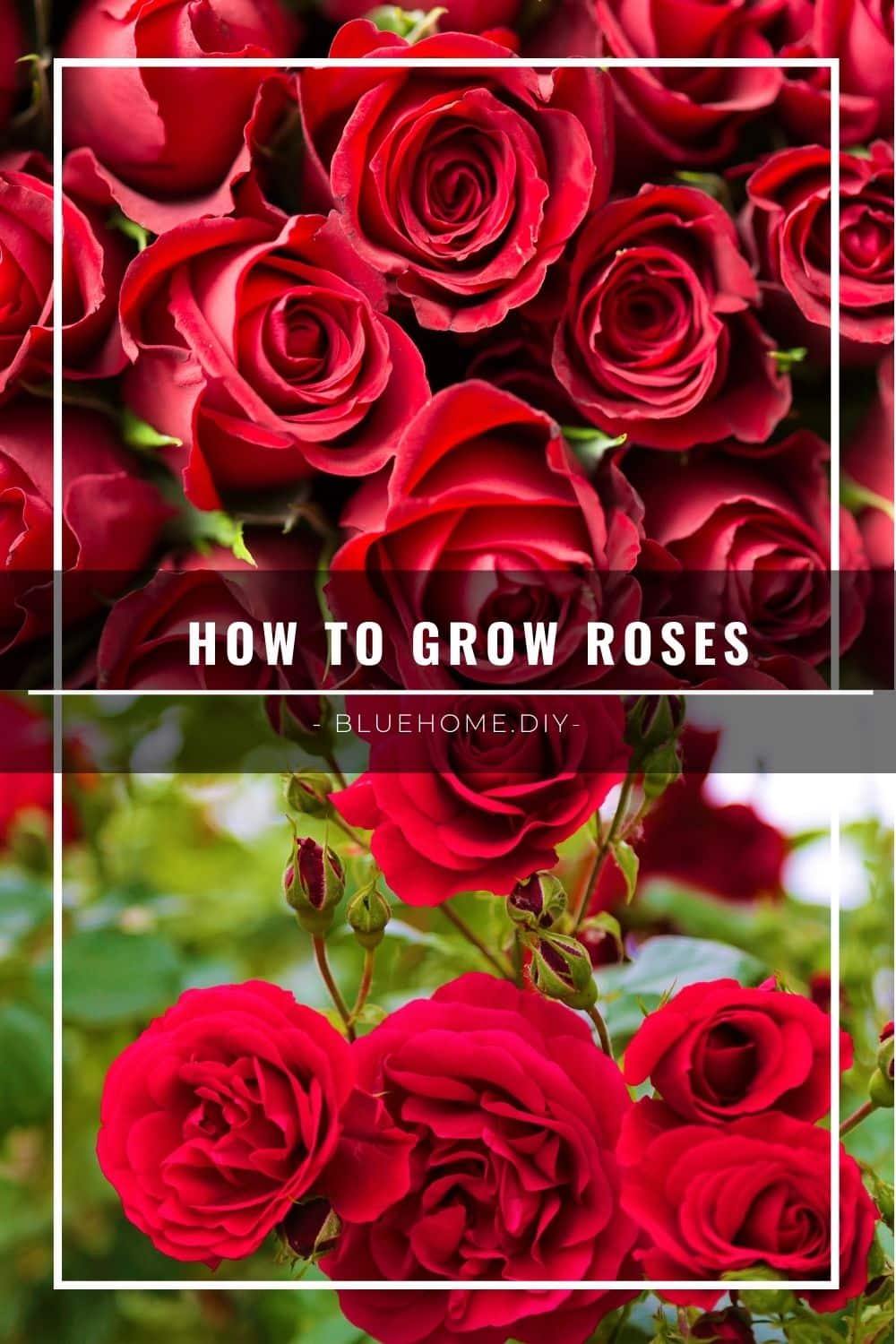Planting flowers is a relatively easy activity that can be enjoyed by anyone, including novice gardeners and experts alike. The ideal time for flower planting is on an overcast day with imminent rain and during moderate temperatures. You can start planting your own flower now as spring will take in soon any minute, and it is the most popular flower-planting season. Also, many perennials will flourish if planted in early fall. Some major benefits of planting flowers include enhancing landscaping appeal and interest, making your lovely living environment more lively, and, most important, enhancing your emotional well-being. As with most plants, planting flower has a number of different environmental benefits. Plants can help to remove pollutants from the air. Especially, flower leaves during the photosynthesis phase can absorb carbon dioxide and release oxygen. Lastly, planting flowers is beneficial for reducing erosion and flooding. Hence, flower gardening would be a very practical choice for adopting a new hobby.
Roses are one of the most beautiful and incredibly versatile garden plants. They are simply beautiful and provide gorgeous colors throughout the summer months in our garden for us to enjoy. There are many forms of roses, from patio to shrub roses, ramblers and climbers. Our roses need sunshine and heavy soil to grow well. Saying this, however, it is possible to grow SOME roses in shaded areas with poor soil. Every garden benefits from a beautiful rose, and here is how you can grow them perfectly every time. Whether you are new to rose growing or a seasoned gardener, the following information is simple advice to help you grow and keep your roses thriving.
Plant your roses in a well-lit area with moist, rich, well-drained soil as a good base when making a decision on the seeds to plant. Making sure that the right climate for your environment is very important. A rose garden will need at least 6 hours of sunlight, and the early morning sun can remove the dew, which helps to prevent the formation of fungus. Once you have planted your seeds, water them regularly so that the soil is moist all the time but not waterlogged. By adding organic matter to your roses each year, you are ensuring that you get strong growth each summer. We recommend rotted animal manure. Once you have established your roses, ensure you prune them every year, to control the growth and the shape of your rose bush. A well-pruned rose bush will thrive beautifully.
To grow a climbing rose, plant it near your house wall or garden fences to give the best chance of climbing as they grow. You can also plant over your pergolas to create a beautiful floral display. Climbing roses add definition and height to your garden and create a smell that consumes your garden space. Absolutely beautiful. For a shrub rose, or English rose, consider growing in a border container, flower garden, or planter. The scent will be simply beautiful if you plant an English rose, and have the potential to grow over 2 meters in height. Your shrubs can be trained into hedges or climbers, making the rose plant an extremely versatile plant for your garden.
Finally, a rambling rose grows beautifully in June, creating beautiful flowers and repeated blooms every year if taken care of well. For the best opportunity to grow rambling roses well, make sure you have lots of space for them to proliferate. You can use your rambling roses to cover any areas of the garden you wish to hide! Prepare your soil well, giving your plant a good kick start in the spring months.
If your garden is on the smaller side, you can grow some roses in pots, believe it or not. Ensure you buy large deep pots or growing containers, around 50cm in diameter and depth, allowing the roots of the plants to keep moist and cool in the warmer months of the year. Those moist, cool roots are essential! All gardens could benefit from water controls. If you have a busy schedule and can’t keep on top of your watering schedule for your new plants, you can have an automatic watering system that will water on time every single day, meaning your new crops never miss a good sprinkling. This way, your garden will thrive while you continue your day-to-day life uninterrupted – perfect for a low-maintenance garden!
Your newer plants require more watering than the more established plants in your garden, as their roots are much smaller and less established. This then means they require more water, taking in less water each time. For your container-grown plants, are quite restricted and, as a result, have smaller roots that require more water.
Before embarking on your rose planting journey, however, be sure to buy yourself the right tools for the job. We recommend looking at reputable online retailers such as Two Wests for the right tools and advice for the job.





Leave a Reply